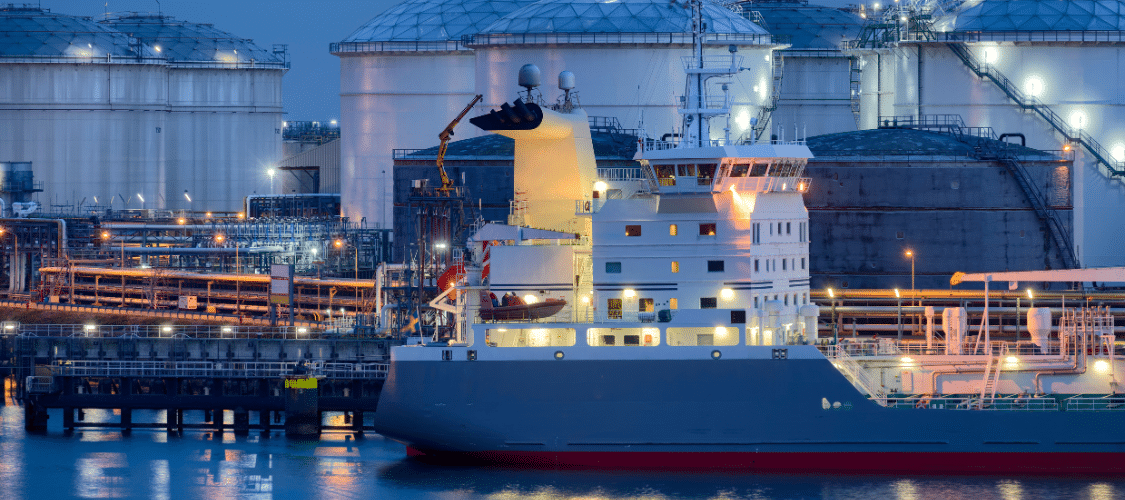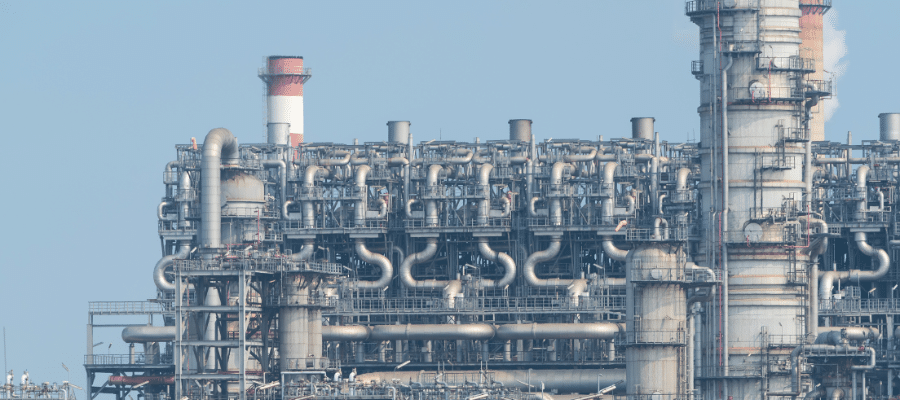The UN-convened Net-Zero Asset Owner Alliance (AOA) [1] today issued its long-awaited position paper on oil and gas [2]. In striking contrast to an earlier draft of this paper, the final version fails to directly acknowledge that there is no room in feasible 1.5°C scenarios for investments in new oil and gas projects. It requires no actions from its members that would put meaningful pressure on the oil and gas producers and major consumers that they invest in. It only weakly calls on its members to increase support for clean energy. Reclaim Finance believes that the AOA is failing to meet its stated goal of aligning asset owners to 1.5°C and calls on individual alliance members to take robust action on their own to pressure the oil and gas industry.
Reclaim Finance obtained a draft copy of the position paper from 2022. This clearly stated that the AOA accepted the conclusions of both the IEA’s net-zero scenario and the AOA-financed One Earth Climate Model (OECM) that there is no room in feasible 1.5°C scenarios for investments in new oil and gas projects. The final version of the paper is, however, an almost complete rewrite of the earlier draft. While the AOA still claims to be guided by the IEA and OECM, all meaningful references to ending investments in new oil and gas infrastructure have been taken out of their paper [3].
The earlier draft included clear language on ceasing investments in new upstream, midstream and downstream oil and gas infrastructure. [4] The new Executive Summary instead contains a simple request for oil and gas companies to: “Practice discipline in all infrastructure financing decisions in alignment with emissions targets and 1.5°C scenarios.” There are no requirements for AOA members in the paper which would be likely to meaningfully impact the business plans of the oil and gas companies in which the AOA’s members invest [5].
The oil and gas paper comes just over a week after the IPCC’s synthesis report noted the “rapidly closing window of opportunity to secure a livable and sustainable future for all.” The IPCC stated that “CO2 emissions from existing fossil fuel infrastructure without additional abatement would exceed the remaining carbon budget for 1.5°C.” [6]
This paper makes the AOA look more aligned with Big Oil than it is with net zero. The alliance claims to be committed to halving emissions by 2030 but is not prepared to set actions for its members that might put that goal within reach. Coming so soon after the IPCC’s hard-hitting message only highlights the AOA’s failure of leadership. If leadership is to be found among asset owners it looks like it will need to be at the level of individual members: while the AOA fiddles, it is time for its members to act.
Lucie Pinson, director of Reclaim Finance
A number of AOA members, all French, have adopted moderately strong policies on oil and gas expansion, most notably SCOR and MAIF, but also including CNP Assurances, Groupama, MACIF and Abeille Assurances [7].
Like the other GFANZ alliances, the AOA is a partner of the UN Race to Zero Campaign, and as such is supposed to align with the RTZ’s criteria. These criteria require net-zero aligned financial institutions and companies to develop transition plans which should explain what actions will be taken to ensure the phasing out of the “development, financing, and facilitation of new unabated fossil fuel assets” [8]. Similarly the UN’s High-Level Expert Group on net zero – of which AOA chair Günther Thallinger was a member – recommended that financial institutions must commit to ending investments in support of new oil and gas fields, and expansion of oil and gas reserves [9].
This oil and gas position paper is a great leap backward for the AOA. In 2020 the alliance was prepared to state in a coal position paper that “no further coal plants should be financed.” Yet more than three years later, with the climate crisis steadily tightening its deadly grip, the AOA has run away from taking a clear position on financing oil and gas expansion. The AOA addresses many of its recommendations to governments, companies, and investors in general, instead of focusing on the responsibilities of its own members.
Paddy McCully, senior analyst with Reclaim Finance
As in the rest of the text, the recommendations for its members’ engagements with oil and gas companies have also been watered down from the draft — where they were already weak. The final version is loaded with non-binding suggestions for vague actions such as: “A case in point might be electing not to fund the most carbon-intensive oil and gas production”; “Investors may opt to intentionally allocate more heavily toward the most ‘transition ready’ companies”; “Investors are encouraged to invest in projects and technologies targeted at the expansion of low- or zero carbon energy”.



